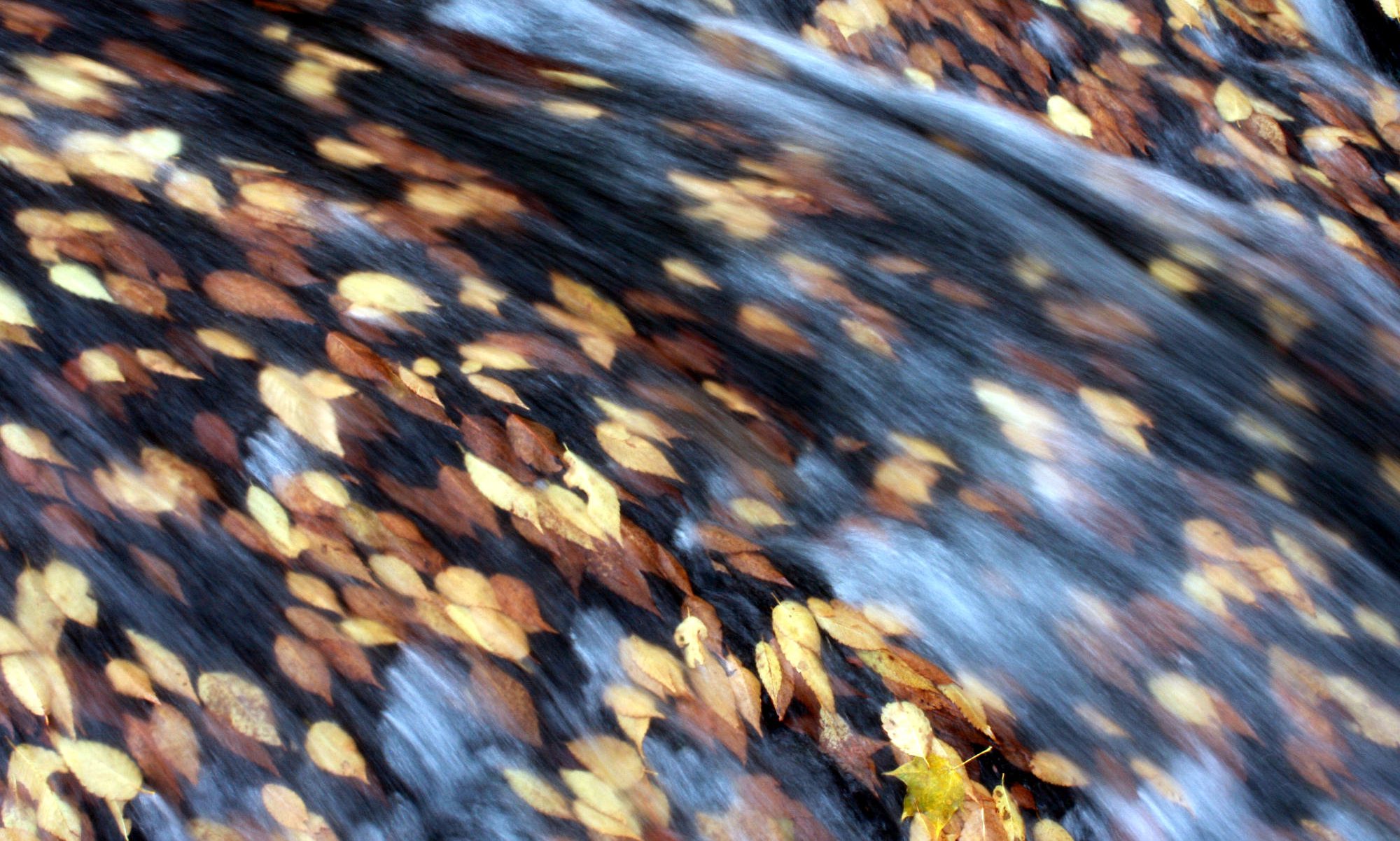Pterostylis nutans is a common terrestrial orchid of the eastern states of Australia as well as Tasmania. Much less common is the all white flowered form known as variety alba. I’ve had the good luck of growing this little beauty.
Pterostylis nutans is in all respects a miniature orchid. It grows small, ground hugging rosettes of roughly oval leaves, most not more than 2 cm long each. While these are normally an even bright green color, in the alba form the leaves are lightly veined with white and their overall color is light green. They also are a bit smaller than the normal type, at least in the plants I’ve grown. The rosettes grow from small bulbs and each season these are replaced by new ones that grow at the ends of thin stolons. Each old bulb can grow one to three new ones, so vegetative propagation is the easiest way to increase these plants.

The flower of P. nutans alba is of course the main interest since it is truly pure white, and like the normal green flowered type, it is transparent as well. It is hard to explain the ghost-like quality of the flowers unless you’ve seen them in person. They are not large, averaging no more than 30 mm across, making them nearly as large as the rosettes of leaves they grow from. Seen up close the flowers look like some alien apparition.
Unfortunately, as with many alba flowering terrestrial orchids, this variety seems less vigorous than the normal type. As already said, the plant itself is smaller in size and also less robust. While normal P. nutans is a near weed if grown properly, this little white flowered plant is more gracile and trickier to maintain. Growth commences in late summer to early fall (September to October) and flowers mature sometime in late winter (February to March). My plants remain green well into spring, and finally go dormant when average temperatures rise above 20 C (usually in early June). They remain dormant all summer.
It seems to respond to similar conditions as the normal form, growing well in a moderately acidic sandy humus compost. While in growth they should be given bright shade, even moisture, and temperatures ranging from 5-20 C. I grow all my Pterostylis on an unheated windowsill in a kitchen where they receive no sunlight, the temperature in January never exceeds 10 C, and can go down to 4 C or even lower on cold nights. One should refrain from giving them temperatures above 20 C, at least in the deep winter months.

During the summer dormancy the bulbs should remain absolutely dry. I also recommend yearly repotting for best results with this species, which can be done any time during their dormancy. Pterostylis nutans is famous for “diving” into the pot, forming its little bulbs for the following season nearly at the bottom, and sometimes even extending its bulb tipped stolons right out the drainage holes! For this reason, one must be very careful when repotting them since most of the newly formed bulbs will be deep in the pot, or at the very bottom.
What else can I say about this lovely treasure? It is rare and coveted by terrestrial orchid growers, and I feel privileged to have had the chance to grow them myself.

Alas, I must confess that after 4 seasons I lost my plants. I started with two average size bulbs that produced one flower the first season. The second season I was rewarded with two flowers and perhaps 10 rosettes of leaves. Oddly, the third season I got no flowers and only a handful of plants. The fourth season they simply dwindled into nothing. What was frustrating was that a pot of the common green form grew right alongside of them, increasing in leaps and bounds each year.
While I’ve searched for more bulbs, I’ve yet to source any more. This little beauty is truly remarkable, and if you are a terrestrial orchid nut like me, once you’ve seen them, you’ll be hooked. My search for new plants continues.














